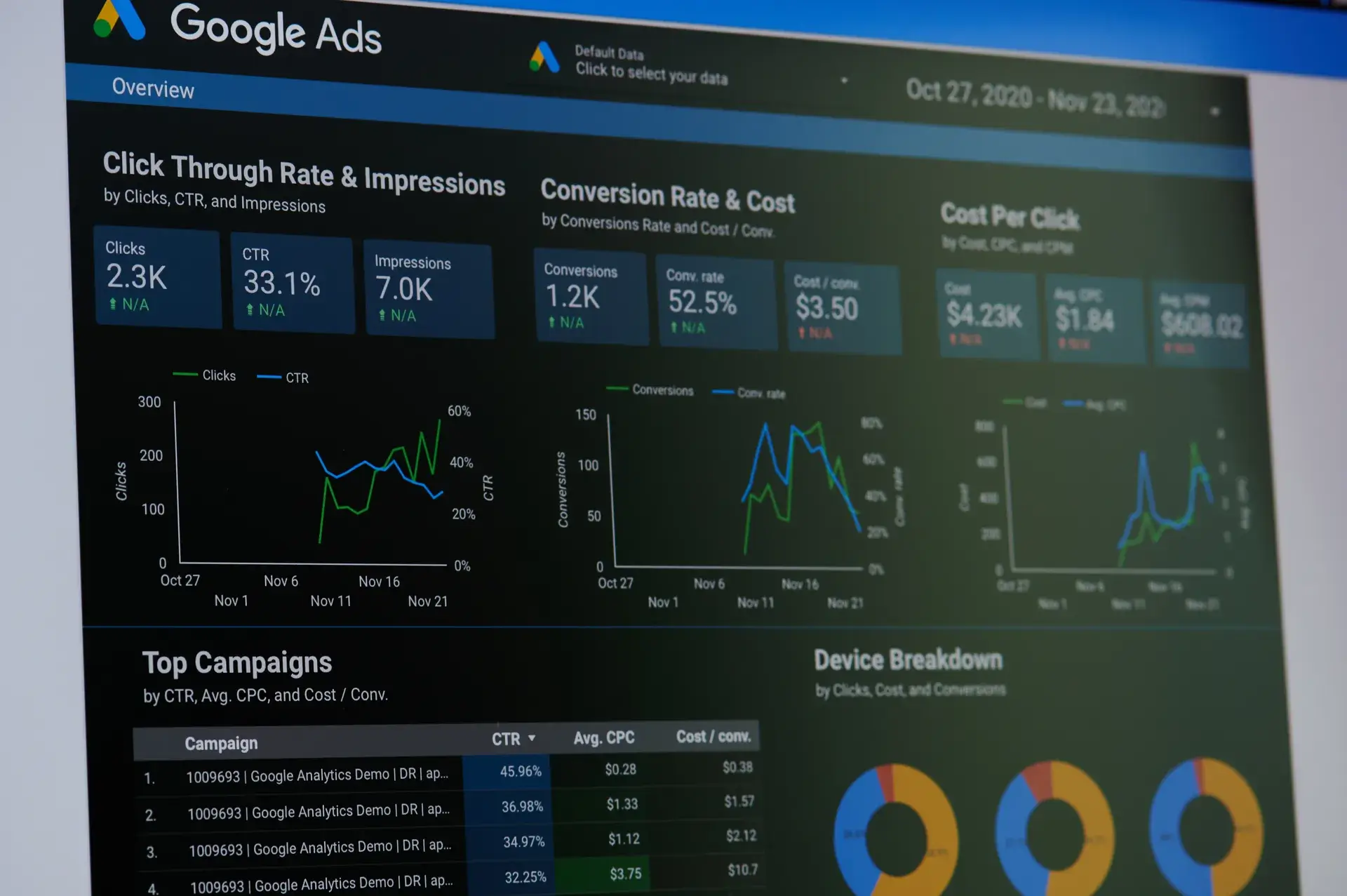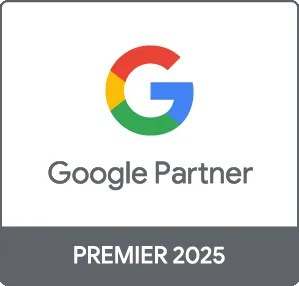Google Ads can be a powerful tool for businesses looking to increase their online visibility and drive targeted traffic to their websites. However, running a successful Google Ads campaign requires careful optimization to maximize your return on investment (ROI). In this guide, we'll explore effective strategies for optimizing your Google Ads campaigns, from keyword targeting to ad copy enhancements, ensuring you get the most out of your advertising budget.
Understanding Google Ads Campaign Optimization
Campaign optimization is the process of making adjustments to your Google Ads account to improve the performance of your ads. Whether your goal is to increase clicks, conversions, or overall revenue, continual optimization is key to achieving desired results.
1. Conduct Thorough Keyword Research
Keyword research is the foundation of any successful Google Ads campaign. Focus on identifying relevant keywords that your target audience is actively searching for:
- Use Keyword Planner: Leverage Google’s Keyword Planner to discover new keywords and assess their search volume and competition.
- Long-Tail Keywords: Target long-tail keywords, as they tend to be less competitive and can lead to higher conversion rates.
- Negative Keywords: Regularly update your negative keyword list to exclude irrelevant searches that could waste your budget.
2. Write Compelling Ad Copy
Ad copy plays a crucial role in attracting clicks and conversions. Here’s how to craft effective ad copy:
- Highlight Unique Selling Points: Focus on what makes your product or service unique or better than competitors.
- Use Strong Calls-to-Action: Encourage users to take action with phrases like “Shop Now,” “Sign Up Today,” or “Get a Free Quote.”
- A/B Testing: Create multiple variations of your ad copy to see which performs best, and make adjustments based on the results.
3. Optimize Landing Pages
A well-optimized landing page enhances user experience and increases the likelihood of conversions:
- Relevancy: Ensure that your landing page content aligns with the ad copy and keywords.
- Fast Load Speed: Optimize your landing page for speed to reduce bounce rates. Tools like Google PageSpeed Insights can help evaluate performance.
- Clear Conversion Path: Make it easy for visitors to convert, with clear forms, buttons, or prompts.
4. Adjust Bids and Budgets Strategically
Maximizing ROI involves carefully managing your bidding strategy and budget:
- Monitor Performance: Regularly check which keywords and ads are performing best and adjust bids accordingly.
- Use Bid Adjustments: Consider adjusting bids based on device type, location, or time of day to optimize performance further.
- Daily and Monthly Budgets: Allocate budgets strategically to ensure you can invest enough in high-performing campaigns while controlling costs on underperforming ones.
5. Leverage Remarketing Strategies
Remarketing allows you to reconnect with users who have interacted with your site:
- Segment Audiences: Create tailored ads for different segments of your audience based on their previous interactions.
- Build Brand Awareness: Stay top-of-mind with potential customers by displaying ads to those who have previously visited your site.
Conclusion
Google Ads campaign optimization is an ongoing process that requires regular monitoring and tweaking for the best results. By conducting thorough keyword research, writing compelling ad copy, optimizing landing pages, managing your budget wisely, and utilizing remarketing strategies, you can increase your chances of achieving high ROI and driving significant traffic to your site. If you need assistance with your Google Ads campaigns, contact Prebo Digital today for expert help and tailored strategies that work.





